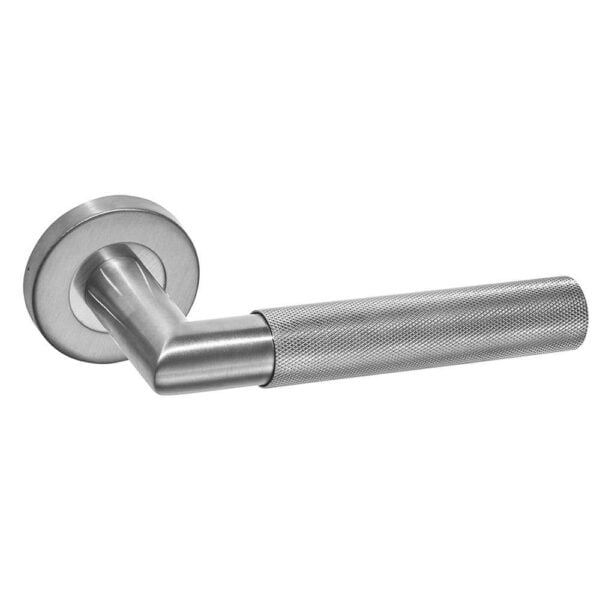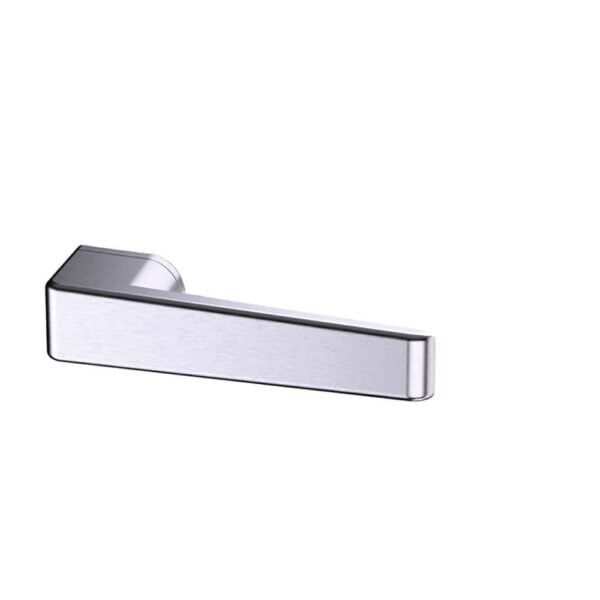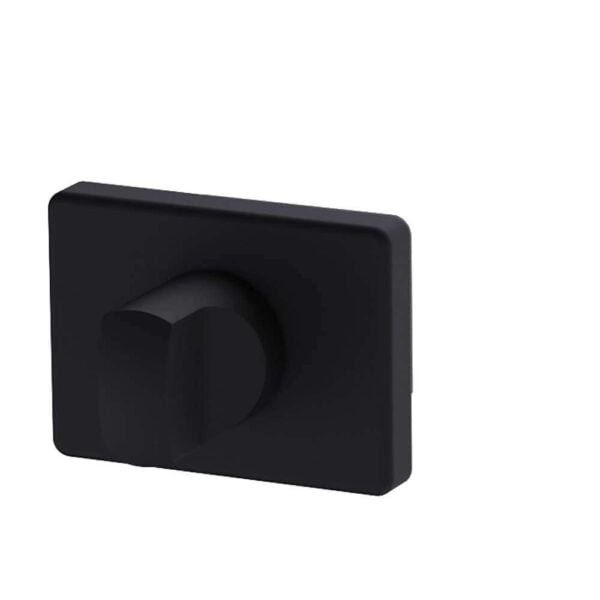Description
Available Sizes
| Size (mm) | Code | |
|---|---|---|
| 0 x 26 mm | HARDTAYLOR |
£2.80 (inc VAT)
£2.52 (inc VAT)

This is an online promotion only. Please see Terms & Conditions for details on promotion.
| Size (mm) | Code | |
|---|---|---|
| 0 x 26 mm | HARDTAYLOR |
| Dimensions | N/A |
|---|---|
| Size | 0 x 26 mm |

This page provides a door size conversion guide to help our customers easily compare the different door sizes available. Please note that not all doors are available in every size. For your convenience, this guide is also available in PDF format at the bottom of this page, making it easy to print.
Imperial sizes are the traditional measurements in inches or feet and inches.
Metric sizes have been used in new home construction for about 30 years and differ in height, width, and thickness from imperial sizes.
This increased thickness compared to FD30 doors provides additional fire resistance, allowing the door to withstand fire for up to 60 minutes.
Below is the Door Size Conversion Chart:
| Metric (mm) | Imperial (inches) | Imperial (feet & inches) |
|---|---|---|
| 1981mm x 306mm | 78″ x 12″ | 6′ 6″ x 1′ 0″ |
| 1981mm x 381mm | 78″ x 15″ | 6′ 6″ x 1′ 3″ |
| 1981mm x 457mm | 78″ x 18″ | 6′ 6″ x 1′ 6″ |
| 1981mm x 533mm | 78″ x 21″ | 6′ 6″ x 1′ 9″ |
| 1981mm x 610mm | 78″ x 24″ | 6′ 6″ x 2′ 0″ |
| 1981mm x 686mm | 78″ x 27″ | 6′ 6″ x 2′ 3″ |
| 1981mm x 762mm | 78″ x 30″ | 6′ 6″ x 2′ 6″ |
| 1981mm x 838mm | 78″ x 33″ | 6′ 6″ x 2′ 9″ |
| 2032mm x 813mm | 80″ x 32″ | 6′ 8″ x 2′ 8″ |
| 2040mm x 526mm | 80 1/4″ x 20 5/8″ | 6′ 8 1/4″ x 1′ 8 5/8″ |
| 2040mm x 626mm | 80 1/4″ x 24 5/8″ | 6′ 8 1/4″ x 2′ 0 5/8″ |
| 2040mm x 726mm | 80 1/4″ x 28 5/8″ | 6′ 8 1/4″ x 2′ 4 5/8″ |
| 2040mm x 826mm | 80 1/4″ x 32 5/8″ | 6′ 8 1/4″ x 2′ 8 5/8″ |
| 2040mm x 926mm | 80 1/4″ x 36 5/8″ | 6′ 8 1/4″ x 3′ 0 5/8″ |
| 2085mm x 865mm | 82″ x 34″ | 6′ 10″ x 2′ 10″ |
| 2134mm x 915mm | 84″ x 36″ | 7′ 0″ x 3′ 0″ |
Please feel free to download and print the PDF version for easy reference. The conversions provided are as accurate as possible.

Frequently Asked Questions (FAQs) about LPD Doors
1. Are LPD doors fire doors?
Yes, LPD specializes in producing internal doors that offer up to 30 minutes of maximum fire resistance, making them suitable for areas with frequent traffic or potential risks. Some popular styles offer 60 minutes for maximum fire resistance
2. What is the difference between Mexicano and Belize doors?
The Belize Unfinished Oak Internal Door features slightly narrower vertical grooves than the Mexicano door variations, while still maintaining a modern square edge. The Belize door is supplied unfinished, requiring a finish before installation for protection.
3. What materials are LPD doors made from?
LPD doors are crafted from high-quality materials such as oak, walnut, and pine. Oak is particularly known for its durability and timeless appeal, making it a popular choice for traditional homes.
4. Do LPD doors need painting?
Yes, regular maintenance is required to prevent wood deterioration. When painting, avoid coating weather strips, ironmongery, projecting hinges, or moving parts to maintain the door’s performance.
5. What does 20mm lipping mean?
20mm lipping refers to the thickness of the door’s edges. Most oak doors from LPD have 20mm lippings, allowing up to 15mm to be trimmed off each edge without compromising the door’s integrity.
6. Can you cut 2 inches off a door?
While you can remove an inch or so from a hollow core door, cutting off more than 2 inches may compromise its structural integrity.
7. What is LPD wood?
LPD uses engineered oak for their exterior doors, which consists of a chipboard or medium-density fibreboard core with an oak veneer. This material mimics solid wood but offers enhanced durability and cost-effectiveness.
8. Should interior doors match wall colour?
It depends on personal preference. Some may choose bold colors for a striking contrast, while others may prefer a cohesive look by matching the door color with the walls.
9. Should you close internal doors at night?
Closing internal doors can help prevent the spread of fire and toxic fumes, potentially providing up to 20 minutes of protection.
10. What is the most popular interior door style?
Classic panel doors remain the most commonly used interior door style, available in various sizes and designs.
11. Can you leave internal doors unfinished?
No, leaving doors unfinished can expose them to moisture and damage. It’s essential to finish them for protection.
12. Can you leave a primed door unpainted?
Primed doors still need to be painted to provide necessary coverage against wear and tear.
13. What is the difference between primed and prefinished doors?
Primed doors require painting before installation, while pre-finished doors are ready to be hung immediately.
14. What happens if you cut too much off a door?
Cutting too much can damage the door’s structural integrity, potentially requiring a replacement.
15. How much can you take off the bottom of a door?
You can typically remove an inch or so without affecting the door’s structure.
16. What is the most popular interior door style in 2024?
Fluted doors are trending in 2024 also black industrial styled doors adding contemporary flair to interiors.
17. Should interior doors match wall colour?
It depends on personal preference; some prefer bold contrasts, while others opt for a cohesive look.
18. Should you close internal doors at night?
Closing internal doors can help prevent the spread of fire and toxic fumes.
19. How many internal doors can a joiner hang in a day?
A skilled trademan can typically hang six internal doors in a day under ideal conditions.
20. What internal doors don’t need painting?
uPVC doors are often referred to as “never paint doors” due to their low maintenance requirements.
If you’d like to browse the doors and return later, feel free to download the catalog below. You can reach out to us anytime. Since we use LPD Doors, you’re also welcome to visit their website for any additional questions you may have.
LPD Download Door Brochure 2024


